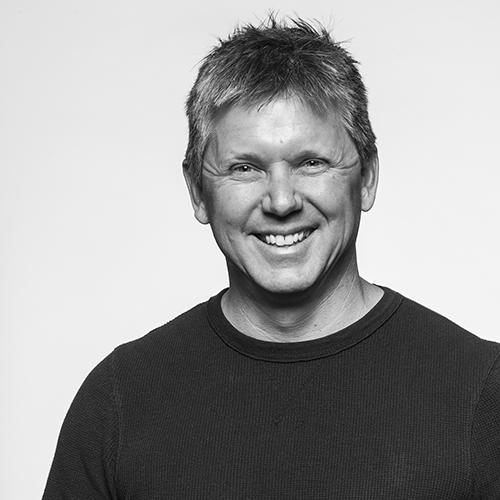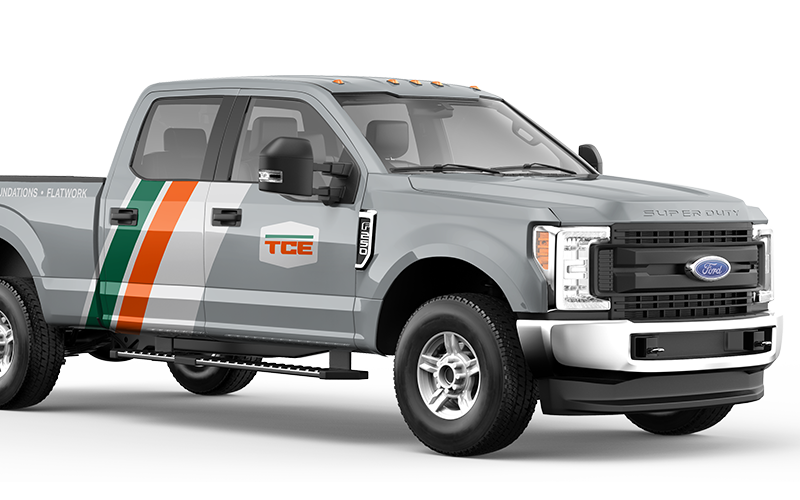Developing a Brand That Is Built to Last

Take a moment to think about a company you have done business with. What do you think about them? How did they make you feel?
There are certain companies that just get it right. Every experience you have with them puts a smile on your face. Their name and logo are memorable. You love the way they speak to you on the phone, their website, through emails, and in their literature. Basically, you like them. You like their brand.
Companies that do this well—like Sonos, MailChimp, and Dove—take very deliberate steps to make this happen. They have a brand development strategy that clearly defines the essential elements of their business.
Developing your brand strategy is the first step in creating a sustainable marketing system for your company. It guides crucial decisions such as what to name your company, what your logo should look like, and where to spend your money on marketing and advertising. Your branding strategy even influences hiring decisions, how you talk to customers, and how you conduct your business.
This article provides an overview of 11 building blocks that will help you build a solid foundation for your business. Before we get started, let’s define brand and branding. Two often misunderstood terms.
“It's not the beauty of the building but the construction of the foundation that will stand the test of time.”
—David Allan Coe
Brand and Branding Defined
- What is your brand?
- Your brand is not just your logo. Your brand is defined by the way a person feels about your organization. How their world improves when they buy your products or services.
- Your brand is you and everyone that works at your company. The personality of your business, how you communicate, and your customer service experience.
- Your brand is what people need to know, understand, and believe before they will do business with you.
- What is branding?
- Branding is your effort to influence or change the way people think and feel about you, your business, and your products or services.
The 11 Building Blocks of a Sustainable Brand
1. Brand Vision
Your vision describes the big-picture view of why you are in business and how your company will contribute to the future of the world. Your vision is something you believe in and are always striving for. Your vision is positive, motivating, and exciting to talk about. Everyone at your company should know your vision and believe in it.
Here is a link to instructional article and downloadable worksheet to help you create your brand vision.
“Help women everywhere develop a positive relationship with the way they look, helping them raise their self-esteem and realize their full potential.”—Dove
2. Brand Mission
Your mission describes what your company does to accomplish the vision. There are three main elements of a mission statement. What you do, who you do it for, and what outcome you are trying to achieve.
“Offering a wide range of well-designed, functional home furnishing products at prices so low that as many people as possible will be able to afford them.”—IKEA
3. Brand Values
Your values describe your company's strengths, how you want to treat people, and how your company needs to operate in order to accomplish your mission statement and achieve your long-term vision. Your values need to mean something real to you, your company, and your employees.
| We sell the highest-quality natural and organic products available |
| We satisfy, delight, and nourish our customers |
| We support team member excellence and happiness |
| We create wealth through profits and growth |
| We serve and support our local and global communities |
| We practice and advance environmental stewardship |
| We create ongoing win-win partnerships with our suppliers |
| We promote the health of our stakeholders through healthy eating education |
—Whole Foods
4. Brand Purpose
Your purpose describes what you do for your customers and the impact you have in their lives. It demonstrates how you live up to your values so you can accomplish your mission and achieve your vision.
“Change the way people listen to music—one home at a time.”—Sonos
5. Positioning Statement
A positioning statement is 1 or 2 sentences. It clearly defines the unique value your product or service brings to the table, who your customers are, and why you are different than your competitors.
“The hardware department store for do‑it‑yourselfers.”—Home Depot
6. Value Proposition
Your value proposition focuses on a specific segment of the population and focuses on one goal that you can provide the best solution for. It is a short statement that describes why someone should do business with you.
“Start accepting credit cards today.”—Square
7. Brand Objectives
Your objectives are what you hope to achieve as a brand. Defining your objectives with a specific timeline in mind makes it easier to come up with a plan to achieve them. Your brand objectives should be easy to understand, stimulate progress, and compel your company to act.
“Dramatically increase car production, launch several completely new cars, and conquer self-driving vehicles by 2020.”—Tesla Motors
8. Brand Personality
Your brand personality is exactly what it sounds like. It is the way your business expresses and represents itself. Is your business fun? or serious? There is a direct correlation between your brand personality and the people that will become your customers.
| Fun but not childish. |
| Clever but not silly. |
| Powerful but not complicated. |
| Smart but not stodgy. |
| Cool but not alienating. |
| Informal but not sloppy. |
| Helpful but not overbearing. |
| Expert but not bossy. |
—MailChimp
9. Brand Name
Naming your brand is so important. It helps build meaning for your company and builds brand awareness. There are four types of business names. Descriptive names, acronyms, invented words, and names based on experiences.
| Facebook (Descriptive) |
| IBM (Acronym) |
| Kodak (Invented) |
| Apple (Experiential) |
10. Brand Identity Design
Your brand identity includes all of the visible representations of your brand—your logo, colors, graphic design style, architecture, interior design, and even dress code. Usually, your brand identity design will be the first impression a customer has of your company.
11. Brand Voice
Your brand voice is directly tied to your brand personality. It is the way you communicate with your clients through conversations, written words, images, and graphics. It is not only what you say, but how you say it.
“The art of marketing is the art of brand building. If you are not a brand you are a commodity. Then price is everything and the low cost producer is the only winner.”
—Philip Kotler, Professor at the Kellogg School of Management
How will my brand strategy help me build a sustainable business?
Developing the 11 brand building blocks of your brand will take time and effort. It is worth it though, because your brand is one of the few things you can own forever. As your brand grows over time, it becomes more valuable.
Many entrepreneurs and small business owners skip creating a brand strategy altogether. Don’t make this mistake. This lack of planning will lead to a lot of wasted time and money.
Others develop their brand strategy as they gain experience, improving their strategy with each business and marketing mistake they make. This approach is much better than no plan, but it can be a slow and frustrating process.
Developing your brand strategy will help you get more customers because people will have a better understanding of what your business is selling. A clearly defined strategy will help you with all of your advertising and marketing materials–from your visual identity, to the words and sentences you write.
It is important to note that your brand strategy is a living document, it is never perfected. As you develop your business, your brand strategy will improve and become more focused over time.
If you're not sure how to improve your marketing in a cost effective way, grab a copy of our Strategic Marketing Ebook. It'll help you get predictable results and make your company more money.
If you are interested in learning more about our approach to the items discussed in this article, call (970) 744-3611 or send us an email so we can talk about what that would look like.


